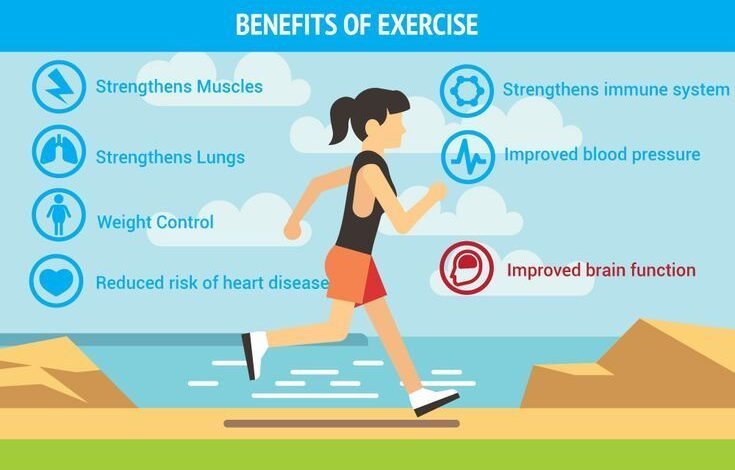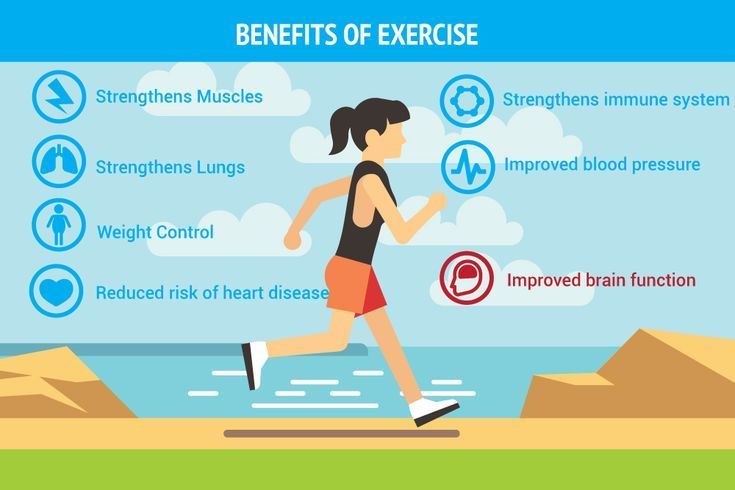
How Exercise Can Help With Type 2 Diabetes
How exercise can help with type 2 diabetes is a question that many people living with this condition are asking. Type 2 diabetes is a chronic condition that affects how your body regulates blood sugar. While medication is often a part of managing type 2 diabetes, incorporating regular exercise into your routine can have a profound impact on your health and well-being.
Exercise plays a vital role in improving insulin sensitivity, which means your body can utilize glucose more effectively. This leads to better blood sugar control, reducing the risk of complications associated with uncontrolled diabetes. Furthermore, exercise can help you manage your weight, lower blood pressure, and improve cholesterol levels, all of which are important for managing type 2 diabetes.
Exercise Recommendations for Type 2 Diabetes: How Exercise Can Help With Type 2 Diabetes
Exercise is an essential component of managing type 2 diabetes. It helps improve blood sugar control, reduce cardiovascular risk factors, and enhance overall well-being. However, it is crucial to design an exercise program tailored to the individual’s needs and limitations, considering their fitness level and any health conditions they may have.
Exercise Program Design
A sample exercise program for individuals with type 2 diabetes should include a combination of aerobic and strength-training activities. The frequency, duration, and intensity of exercise will vary based on individual factors.
- Aerobic Exercise:This type of exercise involves continuous movement that elevates the heart rate and improves cardiovascular fitness. Examples include brisk walking, jogging, swimming, cycling, and dancing. Aim for at least 150 minutes of moderate-intensity aerobic activity or 75 minutes of vigorous-intensity aerobic activity per week, spread across at least three days.
Moderate-intensity exercise should feel like a 5-6 on a scale of 1-10, where 1 is very light and 10 is very hard. Vigorous-intensity exercise should feel like a 7-8 on the same scale.
- Strength Training:Strength training involves exercises that work major muscle groups, such as squats, lunges, push-ups, and rows. Aim for at least two days of strength training per week, focusing on all major muscle groups. Each session should include 8-12 repetitions of each exercise, with 2-3 sets for each muscle group.
It’s essential to use proper form to avoid injuries.
Frequency, Duration, and Intensity, How exercise can help with type 2 diabetes
The frequency, duration, and intensity of exercise should be gradually increased as fitness levels improve. It’s important to listen to your body and avoid overexertion. Here are some general guidelines:
- Frequency:Aim for at least 30 minutes of moderate-intensity exercise most days of the week. However, even short bouts of exercise, such as 10 minutes, can be beneficial.
- Duration:Start with shorter sessions, such as 10-15 minutes, and gradually increase the duration as you become more comfortable. Most adults should aim for at least 150 minutes of moderate-intensity exercise or 75 minutes of vigorous-intensity exercise per week.
- Intensity:Start with a moderate intensity level and gradually increase the intensity as you get fitter. A good way to gauge intensity is to use the “talk test.” If you can comfortably talk while exercising, you are at a moderate intensity.
If you can’t talk without gasping for breath, you are at a vigorous intensity.
Gradual Progression and Consultation
It’s essential to progress gradually when starting a new exercise program. Begin with shorter sessions and lower intensity levels and gradually increase the duration and intensity as your fitness improves. This approach helps reduce the risk of injuries and allows your body to adapt to the new demands.
Consulting with a healthcare professional before starting any new exercise regimen is crucial. They can assess your individual needs and limitations and provide personalized recommendations. This is particularly important for individuals with pre-existing health conditions or those who are new to exercise.
Conclusion

Living with type 2 diabetes doesn’t mean you have to live a sedentary lifestyle. Exercise can be a powerful tool in your management plan, helping you achieve better blood sugar control, improve your overall health, and enhance your quality of life.
Remember to consult with your healthcare provider before starting any new exercise program, and always listen to your body. With a little effort and commitment, you can make exercise a positive and enjoyable part of your journey with type 2 diabetes.
Regular exercise is a key part of managing type 2 diabetes. It helps your body use insulin more effectively, which can lower your blood sugar levels. But finding the right balance between exercise and healthy eating can be tricky.
If you’re looking for ways to increase your carbohydrate intake with healthy options, check out this great resource: ask the rd how can i increase carbs with healthy options. By understanding how to fuel your body with the right carbs, you can optimize your exercise routine and better manage your diabetes.
Regular exercise is a powerful tool in managing type 2 diabetes, helping to improve insulin sensitivity and blood sugar control. Along with staying active, a healthy diet plays a crucial role, and incorporating plenty of vegetables is key. Check out this article on 5 ways to up your vegetable game for some great tips on making veggies a regular part of your meals.
By combining exercise and a balanced diet, you can take significant steps towards managing your diabetes and improving your overall health.
We all know exercise is crucial for overall health, but did you know it can be a powerful tool in managing type 2 diabetes? Regular physical activity helps your body use insulin more effectively, leading to better blood sugar control.
If you’re looking for some inspiration, check out this list of 7 feats to add to your fitness bucket list , which can motivate you to stay active and improve your health. Whether it’s a marathon, a mountain climb, or simply building a consistent workout routine, remember that every step you take towards a healthier lifestyle benefits your overall well-being, including your diabetes management.






